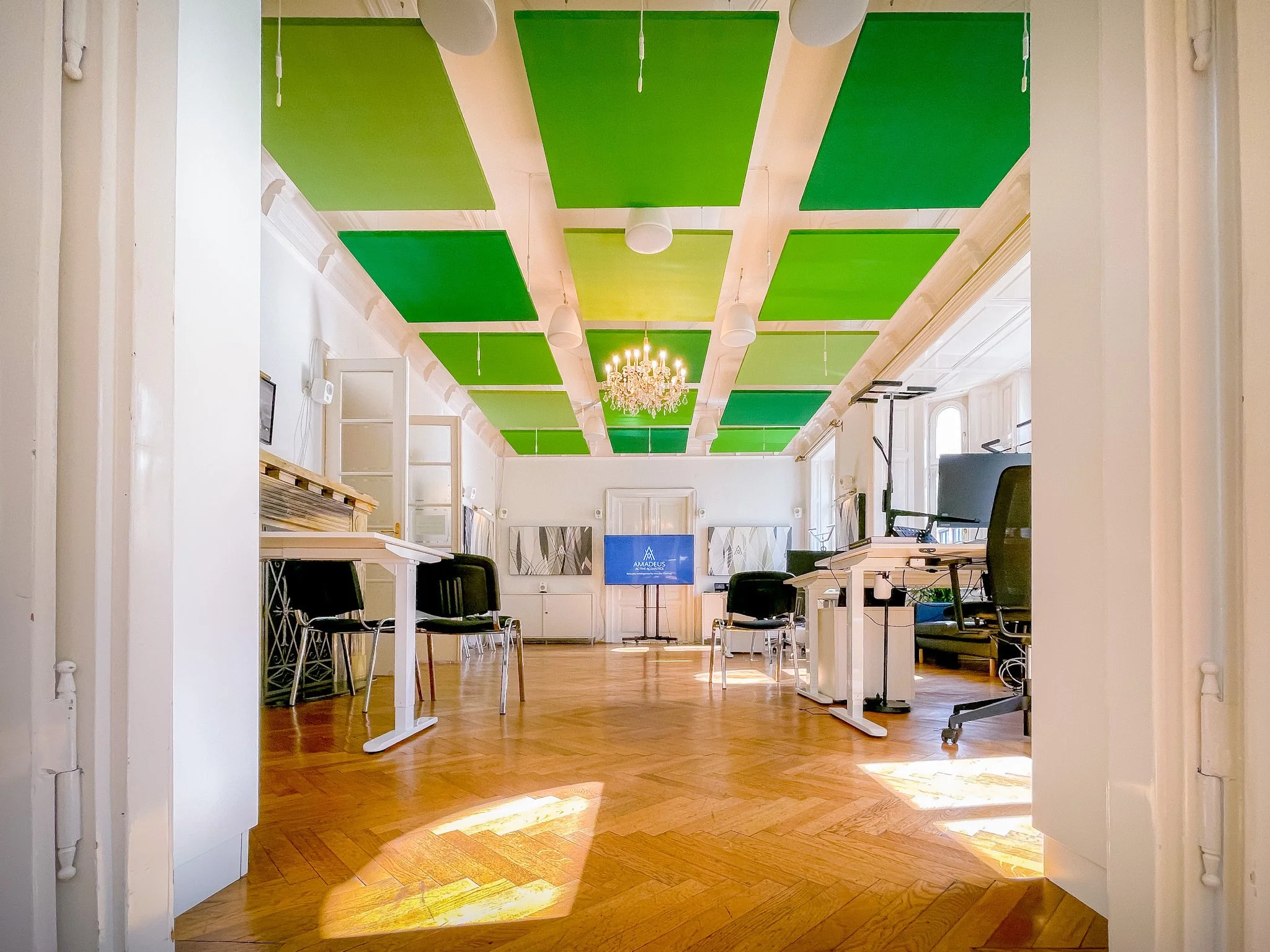
CONTACT
Contact us
Our products are on stages all over the world: concert halls, theaters, theme parks and at open-air events.
The headquarter of Amadeus Active Acoustics is situated in the city of music Vienna in Austria. We have a demo room for product presentation.
OUR OFFICE IN VIENNA IS AVAILABLE FOR AMADEUS PRODUCT PRESENTATIONS
Amadeus HQ, located in the heart of Vienna. Contact us for a visit or demo!
AMADEUS ACOUSTICS
General inquiries: office@amadeus-acoustics.com
Office Vienna: Hamburger Straße 10/10, A-1050 Vienna – Austria
Phone: +43 1 2089851
Technical questions or support: support@amadeus-acoustics.com

